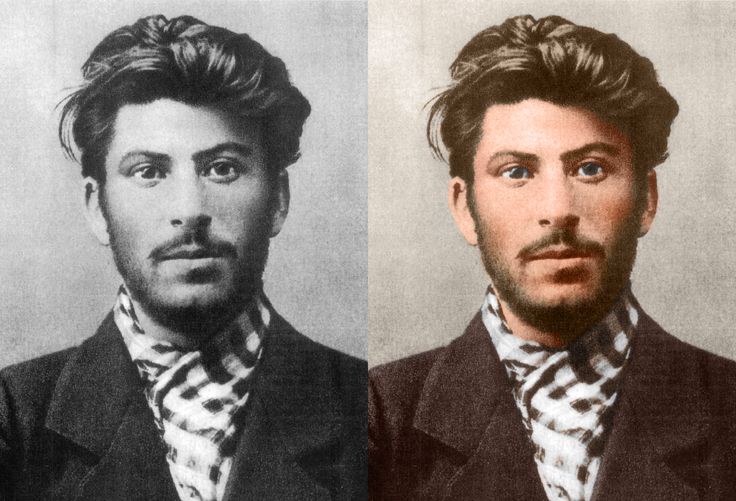Young Joseph Stalin Introduction
One of the most divided personalities in global history is still Joseph Stalin, as Joseph Vissarionovich Dzhugashvili. Although there is a lot of evidence of his later years as the Soviet Union’s leader, the mystery surrounding his early years is just as appealing. This article explores the lesser-known aspects of Young Stalin’s life, including his early years, his sources of inspiration and the occasions that shaped him into the powerful groundbreaking he became over time.
Joseph Stalin Early Life in Georgia:
Joseph Stalin was born on December 18, 1878, in the Georgian tiny town of Gori. According to the powerful individual he would become later in life, Stalin came from humble beginnings. He experienced difficulties because of an unstable family life while growing up in poverty. Stalin’s early views of class warfare and injustice were shaped by the struggles of his parents, a laundry attendant and an a shoemaker.
Ioseb Besarionis dze Jughashvili, Stalin’s given name, transformed many times over his life, revealing how his identity was flexible and multifarious. On the other hand, teenager Stalin had a curiosity for concepts, excelling well academically at the Gori Church School and being offered a scholarship to Tiflis Philosophical University.
Intellectual Awakening:
Radical concepts that Stalin encountered at the university profoundly affected his outlook. He started to doubt the current economic system and the exploitation that the working class suffered after reading the writings of Karl Marx, Friedrich Engels, and Vladimir Lenin. His ravenous need for political conversation and reading established the ground for his eventual revolutionary.
Stalin became involved in anti-established activities and Marxist study circles, which is how his early movement began. After being kicked out from the seminary in 1899 for his groundbreaking activities, he adopted the alias “Koba” and started on a route that would eventually bring him to the center of Russia’s political struggle.
The Birth of Bolshevik:
Russia suffered from political unrest around the start of the 20th century. With his groundbreaking zeal fully developed, Stalin started connecting with the Bolshevik wing of the Russian Social Democratic Labour Party. Because of his devotion to the cause, he was continuously captured, in jail, and sent to Siberia.
In these difficult years, Young Stalin developed his organizational and political ability. He rose to popularity as a result of his skill in managing the complex web of politics of revolution and forming friendships inside the party. Stalin, which translated to “man of steel,” was the title that he adopted by 1912 to reflect his unshakable and unforgiving behavior.
World War I and the Revolution of 1917:
Stalin had an exceptional opportunity to take advantage of the instability and push for revolutionary reform when World War I broke out. While many socialist groupings had divergent views on the war, Stalin and Lenin adopted a hardline stance, opposing the imperialist warfare and advocating for a the working classes revolution.
In Russian history, the February Revolution of 1917 was a watershed moment. A provisional management was established following the monarch’s resignation, which left a power vacuum that the Bolshevik Party attempted to fill. The Bolsheviks gained power through the October Revolution, which Stalin was important in planning.
Consolidation of Power:
Joseph Stalin’s power grew as the Bolsheviks tightened their hold on power. His strategic ability was on display all throughout the Russian Civil War, and the party ranks considered him with both terrorism and with reverence. Years of revolutionary warfare concluded in the creation of the Soviet Union in 1922, with Stalin taking on important leadership roles.
It was around this time that the Stalin personality cult starting to take hold. His persona, methodically constructed by mass media and speeches, projected him as the epitome of Soviet tenacity and fortitude. The hitherto unknown revolutionary from Georgia had risen to recognition as the nation’s supreme leader amid a changing ideological landscape.
Legacy and Controversies:
The story of young Joseph Stalin’s transformation from the streets of Gori to the Kremlin’s power corridors is one of political shrewdness, tenacity, and radicalization. This story is not without controversy, though. The Great Famine and Stalin’s methods of retaining power have permanently damaged the collective memory of the Soviet people.
Stalin’s legacy is still a hotly contested topic of discussion. Some see him as a visionary leader who turned a developing country into a major economic power, while others denounce him for the horrors carried out under his rule. Determining Young Stalin’s influence on history is difficult due to the intricate interactions between political scheming, personal ambition, and historical background.
